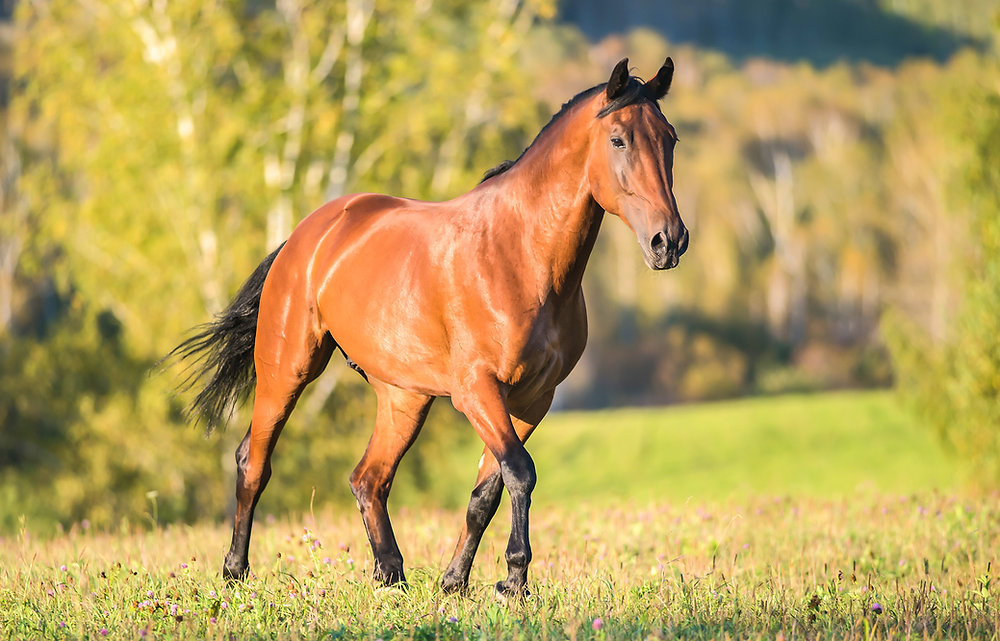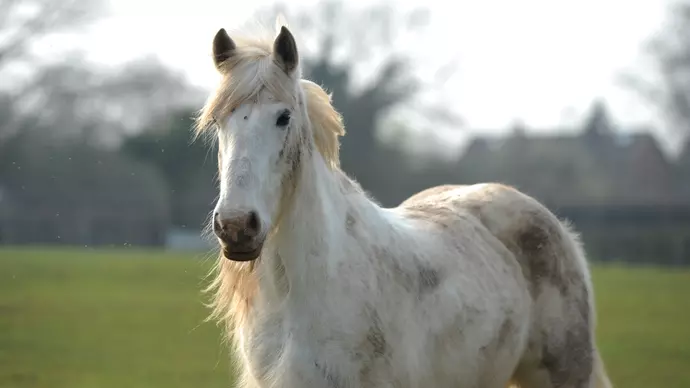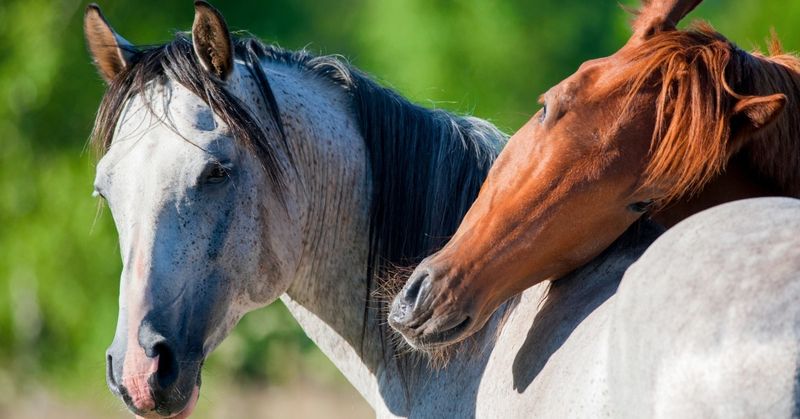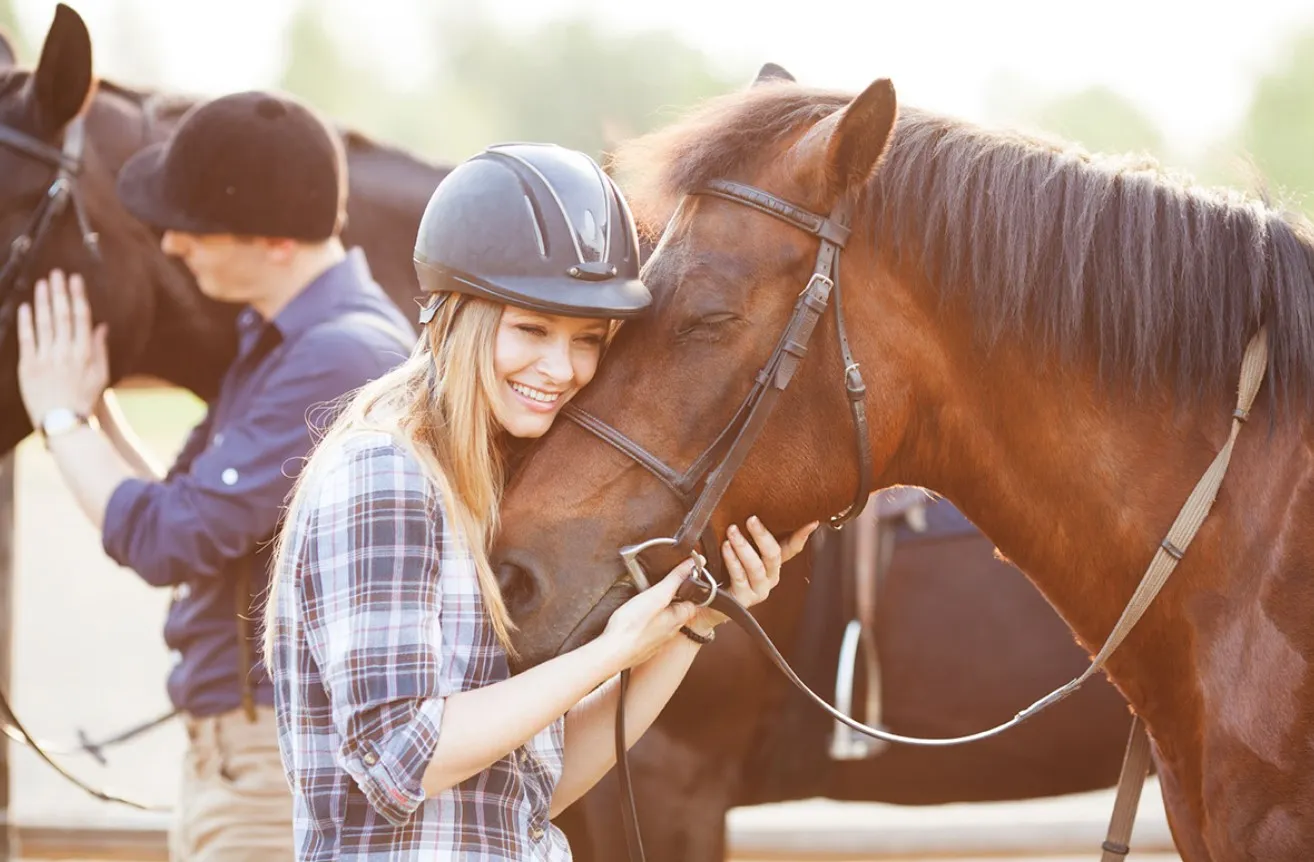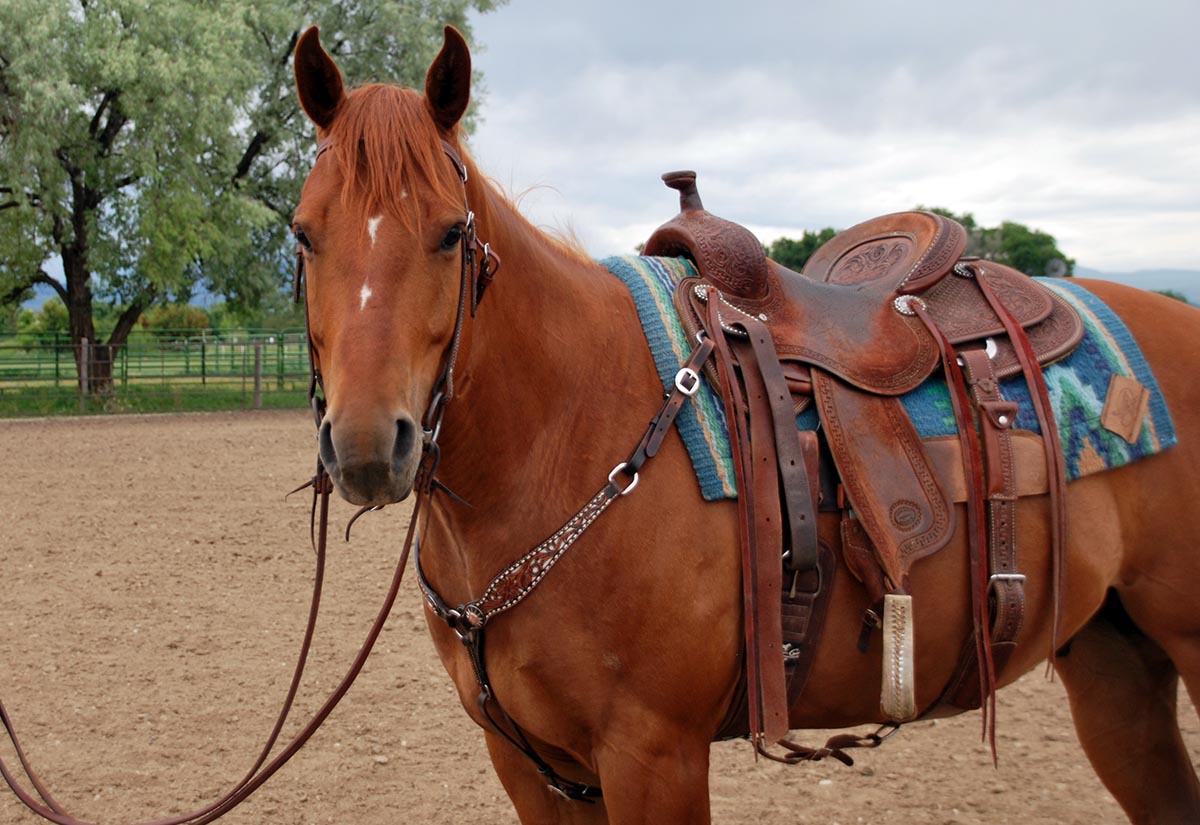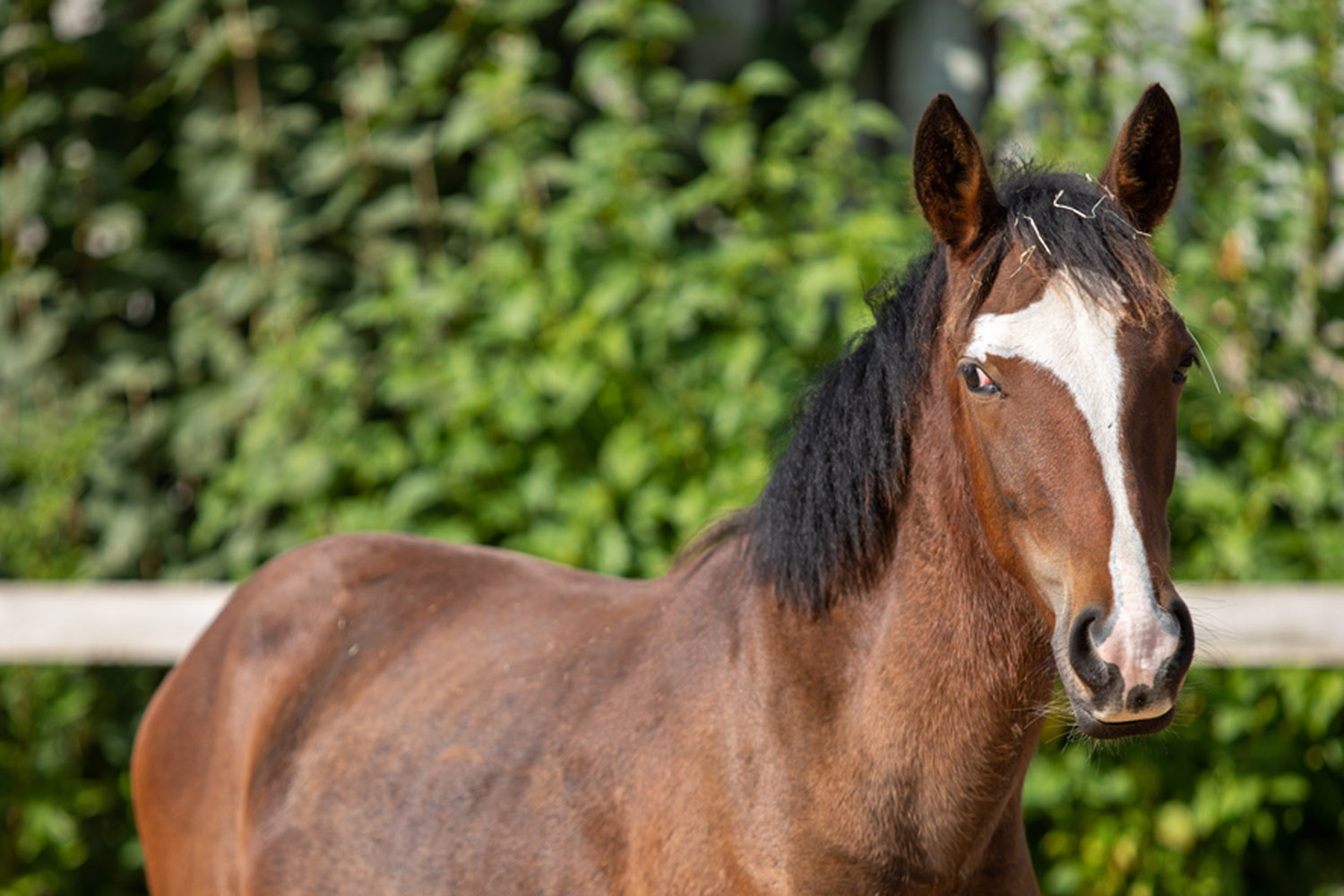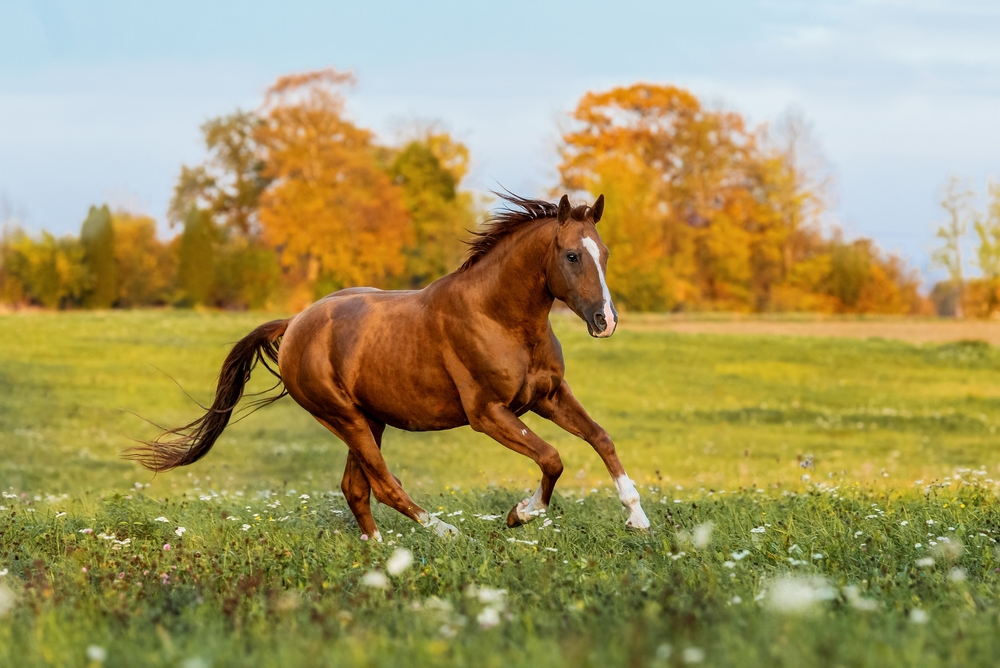Written by Wood Smith on October 23, 2025
When it comes to equine training, one of the most challenging tasks can be helping a nervous horse become more comfortable with its surroundings. This process, known as desensitization, is essential for ensuring the safety and wellbeing of both the horse and its handler. In this guide, we will delve into the steps involved in this process.
Understanding Your Horse’s Fear
Before you can begin the process of desensitization, it’s important to understand what’s causing your horse’s fear. This could be anything from a new environment to a specific object or situation. Once you’ve identified the source of the fear, you can begin to work on desensitizing your horse to it. For more information on decoding common equine actions, you can refer to this descriptive guide.
Gradual Exposure
Once you understand what’s causing your horse’s fear, the next step is gradual exposure. This involves slowly introducing your horse to the source of its fear in a controlled and safe environment. The key here is patience and consistency – it may take time, but with regular exposure, your horse will eventually become desensitized to the object or situation that was causing its fear.
Positive Reinforcement
Positive reinforcement is another crucial aspect of desensitizing a horse. Rewarding your horse for calm behavior during exposure to the fear source can help reinforce the idea that there’s nothing to be afraid of. This could be anything from verbal praise to a favorite treat.
By following these steps, you can help your horse become more comfortable and confident in its environment. Remember, patience and consistency are key – it may take time, but the results will be worth it. To further help your horse, consider using products that soothe, seal and strengthen their hooves or supplements that can help them perform at their peak.


